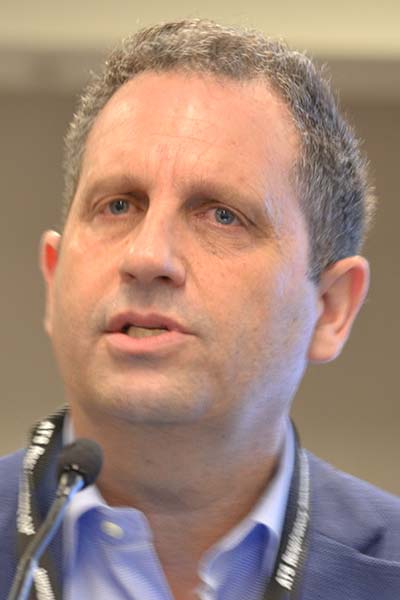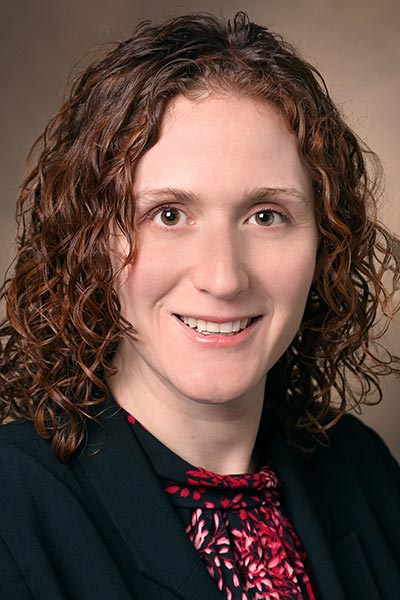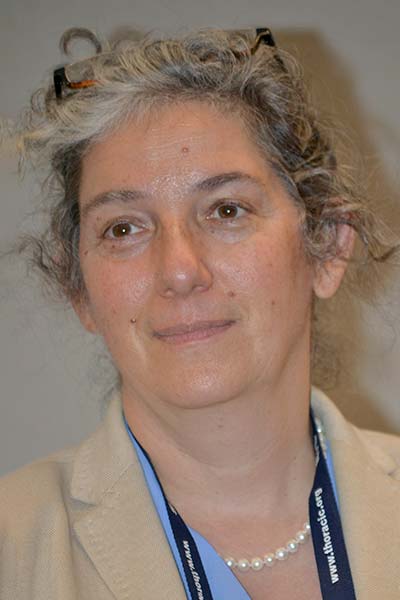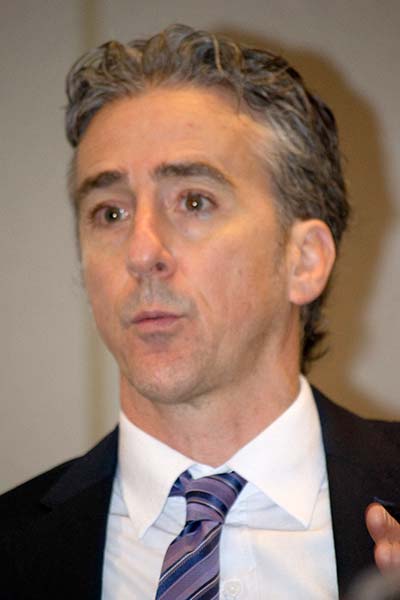Panelists looked to the future of pulmonary health at the Patients & Experts Forum organized by the Public Advisory Roundtable on Saturday morning, May 14.

Darrell N. Kotton, MD, discussed the potential of regenerative medicine. The founding director of the Center for Regenerative Medicine, Boston University, Dr. Kotton has a particular interest in understanding how lung cells decide then remember what they are with a goal of defining the genomic and epigenomic programs that regulate the fate of lung cells, and the generation of lung lineages and transplantable 3-D lung tissues from pluripotent stem cells.
The big questions in research, Dr. Kotton said, is whether it’s possible to engineer stem cells that are as good as our own cells, such as type II pneumocytes, which produce and secrete pulmonary surfactant, that can then be transplanted.
“You might think, why don’t you just use your own type II pneumocytes?” he asked. “It turns out it’s very hard to access them deep in the lungs, and that’s not really possible.”

Jennifer Sucre, MD, assistant professor of pediatrics-neonatology, Vanderbilt University Medical Center, talked about single-cell sequencing and gene targeting. She began by explaining that lung injuries in adults, when starting with a healthy organ, are almost fully reversible.
“Yet the lungs of preterm infants, even with minor injuries, have lifelong scars. And so the question really is, what is so special about the developing lung that makes it vulnerable to injury?” she said.
That query launched a project to create a single-cell atlas of mouse lung development. The end result was a single-cell RNA-sequencing time-series that yielded 102,571 epithelial, endothelial, and mesenchymal cells in mice across nine time points from embryonic day 12 to postnatal day 14.
Within those cells, researchers were able to identify 22 distinct cell types, including epithelial cells and dendritic cells, and from that list they were able to define the developmental trajectory of SARS-CoV-2 receptors.

During her presentation on regulatory and legislative updates for patients, Sonye Danoff, MD, PhD, assistant professor in the Division of Pulmonary and Critical Care Medicine and co-director of the Hopkins Interstitial Lung Disease Clinic, covered the history and scope of the U.S. Food and Drug Administration, including how it regulates medications and its approval process.
She singled out COVID-19, as the FDA played an especially important role in recent years in getting safe and effective treatments for this disease to market.
All of the COVID-19 vaccines with FDA approval were approved under the Emergency Use Authorization, she notes, and now oral therapies are available to treat patients with COVID-19 infection. This is in addition to all the new biological antibodies and the monoclonal antibodies that are being used to either protect people from infection or treat them if they become infected.
“We’ve had two years where the FDA has been in hyperdrive getting all of these things approved, but it is not to say that they haven’t been taking care of all the rest of the forms of lung disease,” she said.

Joshua Solomon, MD, National Jewish Health, spoke about the importance of patient-reported outcomes in clinical trials, stating that physicians must listen better and that the days of the paternalistic doctor in his white coat standing over a patient telling them what to do are over.
“We’re sitting down having a mutual discussion, and we’re hearing your voice and then we’re going to use that to make decisions on is this drug appropriate,” he said.
Siri Vaeth, executive director of the Cystic Fibrosis Research Institute, spoke about cystic fibrosis transmembrane conductance regulator modulator therapy, which is designed to correct the malfunctioning protein made by the CFTR gene.
Ms. Vaeth noted that modulator therapy shows great success in treating patients with cystic fibrosis in general, but that it’s not for patients who have genetic mutations. She said that while only 10 percent of patients worldwide have the mutation, those numbers change dramatically when you break them down by ethnicity.
For instance, she said, 38 percent of African-American patients, 40 percent of Asian-American patients, and 70 percent of Native American patients are not eligible for CFTR modulator therapy because of mutations.
“So, we need to stay focused on new treatments,” Ms. Vaeth said. “That’s why we’re focused on mRNA therapy, gene editing, phage therapy, because of the opportunistic pathogens.”
Extend Your Learning Beyond San Francisco with ATS 2025 Conference Highlights

With so many valuable educational opportunities offered during the ATS 2025 International Conference, attendees are often forced to decide which sessions to prioritize. That’s why the Society is offering three ATS 2025 Conference Highlights packages for those unable to attend ATS 2025 San Francisco or attendees interested in continuing their education after the conference. Check out the packages and pick the one that’s right for you. Learn at your own pace, whenever and wherever you are!

